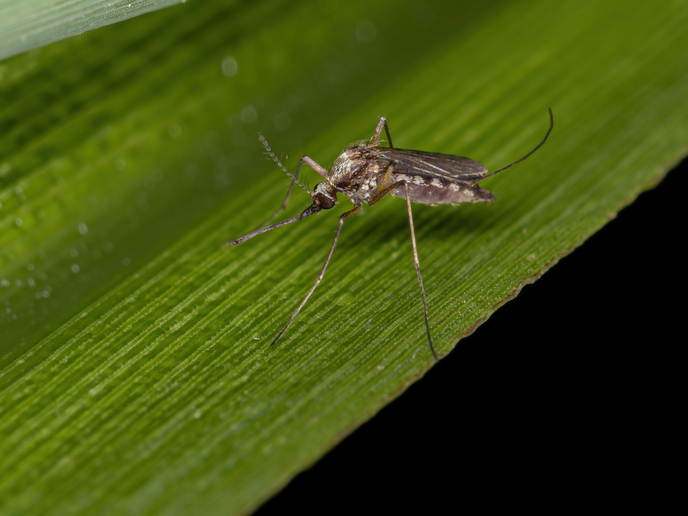Understanding paraTB epidemiology
The EC-funded PARA-TB TRANSMISSION project evaluated the extent of mycobacterium avium subspecies paratuberculosis (Map) penetration in wildlife species and the knock-on effect on domestic ruminant health. The overall aim of the project is to shed light on the role of wildlife hosts in Map epidemiology in domestic ruminant species, a previously unexplored topic. Project partners examined all aspects of the extent of Map presence in wildlife species including the development of models to assess the role of wildlife hosts in Map infection of ruminant herds. The School of Veterinary Medicine of the University of Thessaly, Greece followed quantitative and qualitative approaches in developing these models. A series of parameters was taken into account in order to arrive at accurate predictions relating to the epidemiology of Map infection. Risk assessments for each of the risk questions that were posed were formulated taking into account the time the herd spent outside among other factors. This important parameter essentially described the time the herd and the individual animals might be at risk of being infected by wildlife carriers of Map. Use and application of such models could prove extremely useful in a variety of settings across the EU.







